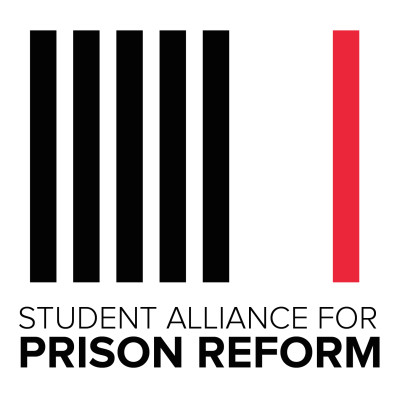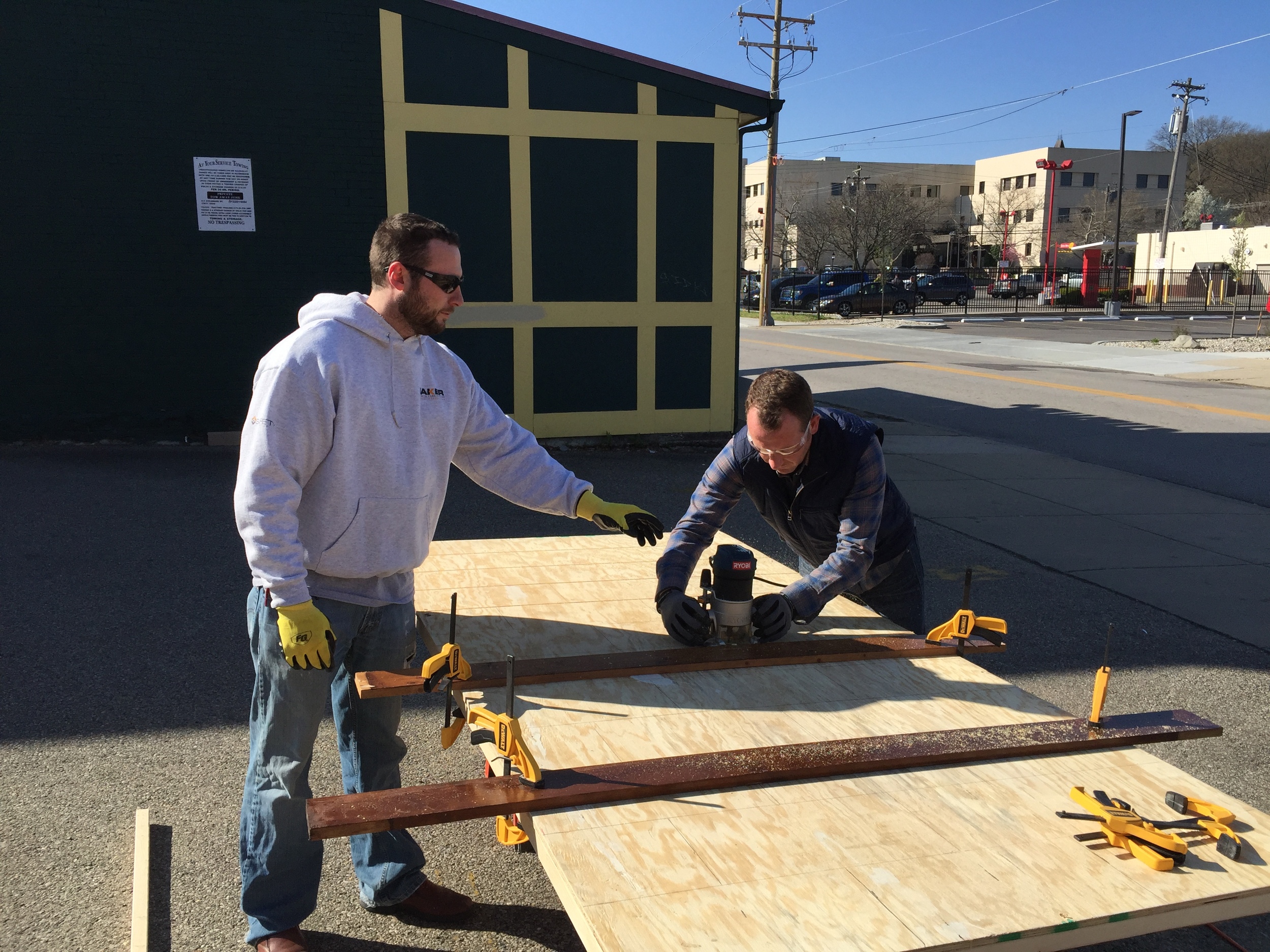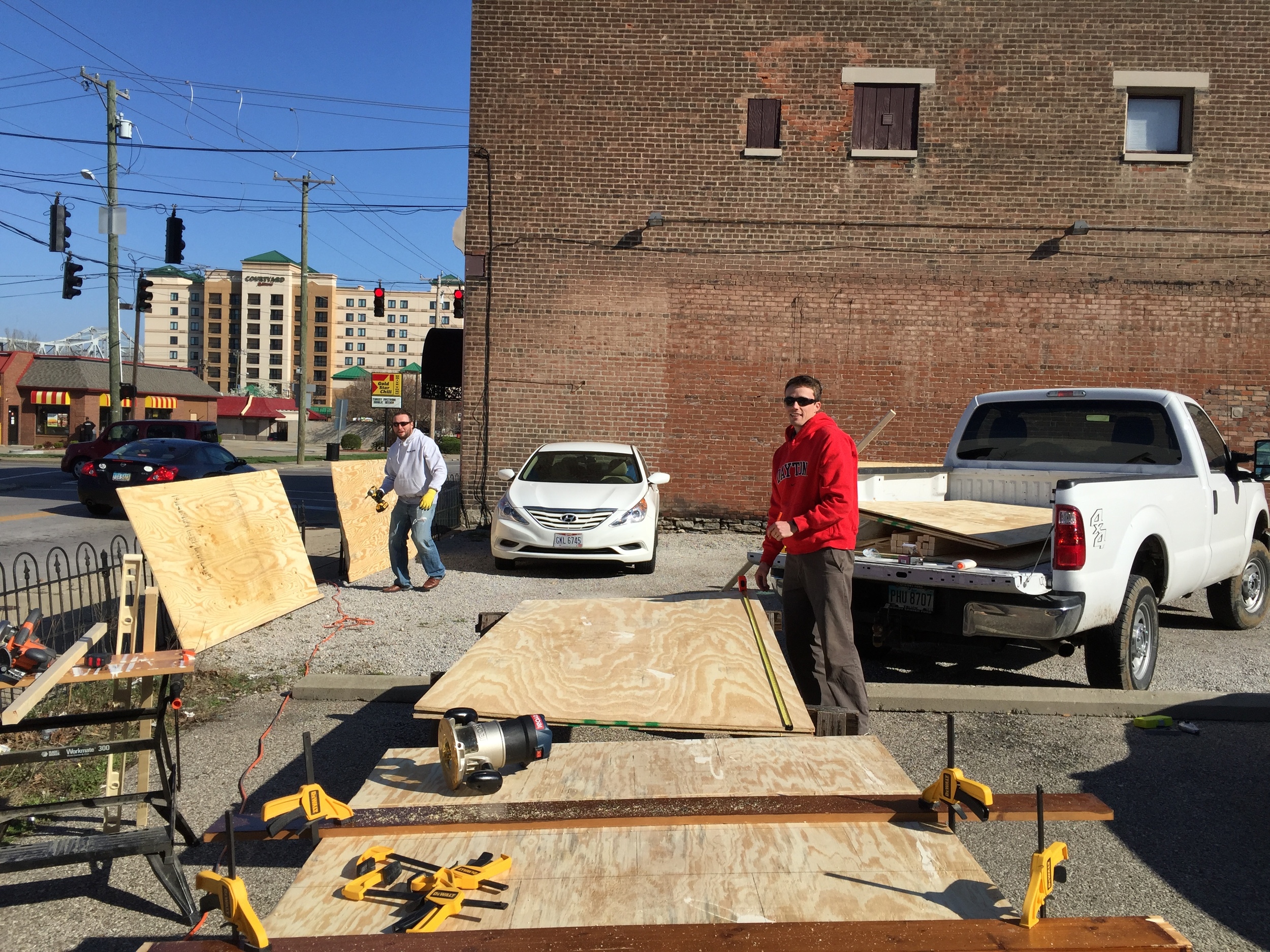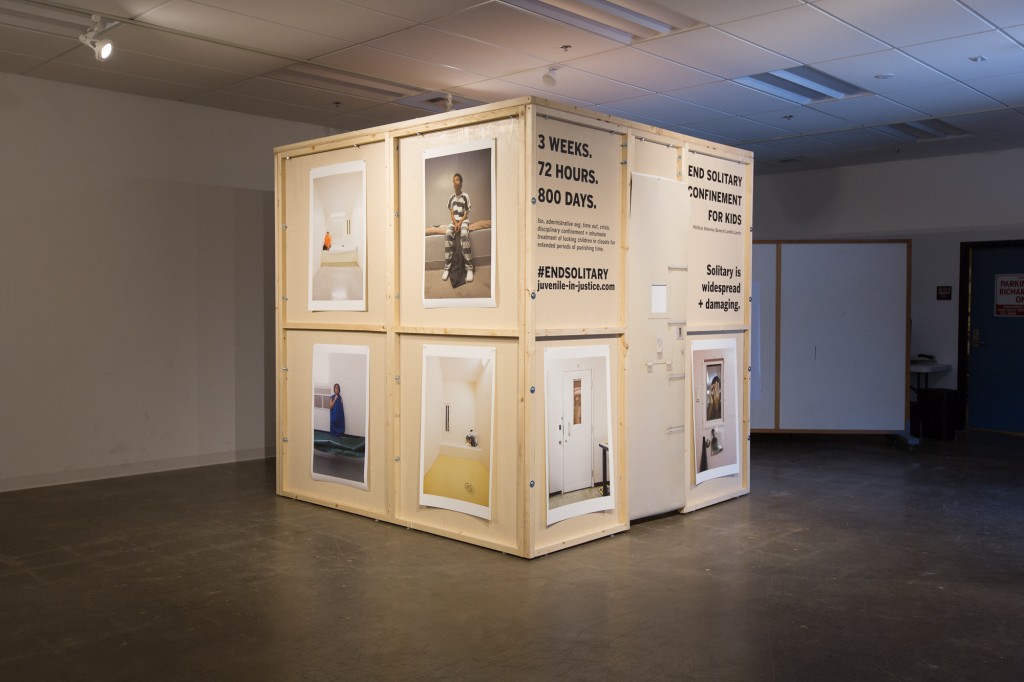protect the human right's of ohio and stop their placement in solitary confinement
Stop Solitary for Ohio's Youth is committed to eliminating the harmful practice of secluding youth in adult jails and prisons, state youth correctional facilities, local juvenile detention centers, and residential treatment facilities.
There is no law in Ohio that prohibit the placement of kids in solitary confinement in juvenile or adult facilities. Kids as young as 10 may be kept in cells no larger than a bathroom without windows for 22+ hours a day. Youth in Solitary Confinement are often denied meaningful programming, education, and recreation contributing to poor outcomes and recidivism.
No matter the age or amount of time placed in solitary, people can experience trauma, hallucinations, and suicidal thoughts. Since youth are still developing, the effects are even more detrimental. A growing number of states and leading organizations, including the American Academy of Child & Adolescent Psychiatry, the United Nations, The Anne E. Casey Foundation, and The American Civil Liberties Union, are against solitary confinement of young people. There are no mandatory guidelines in Ohio for: monitoring facilities that use seclusion; regulating or reporting the use of seclusion; or protocols for responding to youth who have experienced seclusion.
© Richard Ross, juvenile-in-justice.com
© Richard Ross, juvenile-in-justice.com
tHE bOX: cLC'S FULL-SIZE REPLICA OF SOLITARY CONFINEMENT CELL
During spring of 2016 the Children's Law Center commissioned Turner Construction Company to construct a full-size replica of a solitary confinement cell. "The Box" was presented for the first time as an interactive exhibit at the Ohio State Bar Association Convention, which took place April 27 through April 29, 2016. The exhibit was intended to raise awareness about the use of solitary confinement in youth facilities in Ohio and to help participants develop a deeper understanding of the experience of isolation. The debut of The Box at the convention marked approximately one year since the launch of the Stop Solitary for Ohio's Youth Campaign. Since that time, the campaign continues to garner support and there is a complimentary campaign that started in April of 2016 on the national level. This is an exciting time to take on this issue for the betterment and well-being of Ohio's youth. Keep and eye out for upcoming Stop Solitary for Ohio's Youth events and to discover where the The Box will be presented next!
In their Own Words: Stories about living in a box
"My time in solitary confinement has not been easy at all. I was placed in super max institution when I was 20yrs old into a place that is locked down 23 hours a day 5 days out of the week, and the remainder days are 24 hour lock down. Hearing people around me who have lost their sanity, screaming, and punching doors and walls, because they can't handle the pressure of being trapped inside a cell that's the same size as a closet for years, seeing people throw, and smear their feces on themselves or others, from correctional officers who try to treat us as animals instead of human beings that we are. I haven't touched my family in over 5yrs. I've gotten into a lot of trouble, because I refused to be broken or treated as an animal, so I displayed violent behavior because at that time in my life that was my only method I knew, because I was never taught another route really." (A.W.)
Highlighted Article: Barack Obama: Why We Must Rethink Solitary Confinement
“In our criminal justice system, the punishment should fit the crime — and those who have served their time should leave prison ready to become productive members of society. How can we subject prisoners to unnecessary solitary confinement, knowing its effects, and then expect them to return to our communities as whole people? It doesn’t make us safer. It’s an affront to our common humanity.” (President Obama)
HIGHLIGHTED STANDARD: Juvenile Detention Alternatives Initiative
Since its inception, JDAI has emphasized the importance of maintaining safe and humane conditions of confinement in juvenile detention facilities. The JDAI juvenile detention facility standards, originally published in 2004 and revised in 2014, represent the most comprehensive and demanding set of publicly available standards for juvenile detention facilities. Officials in JDAI sites have used these standards and JDAI facility assessment process to improve policies and practices and ensure that their facilities reflect evolving standards of practice in the field.
PUBLICATIONS AND RESEARCH
Fact sheets
Psychological Effects of Solitary
publications
Solitary Confinement and Risk of Self-Harm Among Jail inmates
Reducing Isolation and Room Confinement
Children in Isolation: The Solitary Confinement of Youth
'Spotlight on youth' radio show
The Misuse of Isolation in Juvenile Correction Settings
'quick take ohio' radio show
Ending the Harmful Practice of Solitary Confinement for Youth
testimony
MISCELLANEOUS
Juvenile Justice Reform Advocacy Organizations letter to U.S. Department of Justice
Letter from Robert Listenbee to ACLU re: on JJ Solitary
Sign on Letter to USG Re: Mendez Visit
Council of Juvenile Corrections Administrators: Toolkit for Reducing the use of Isolation
Our Supporters







































